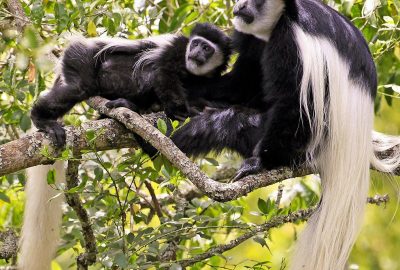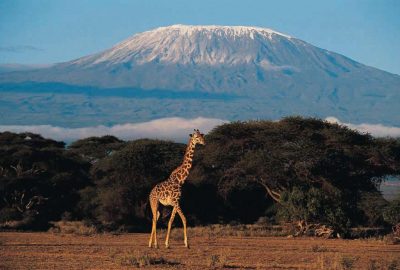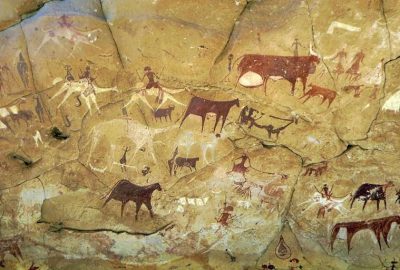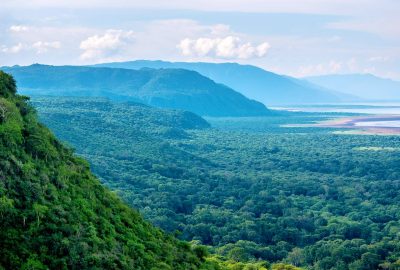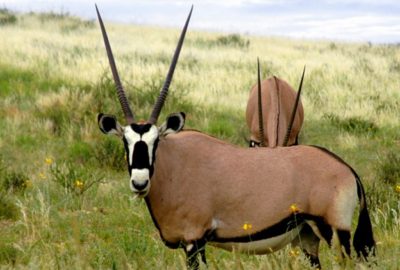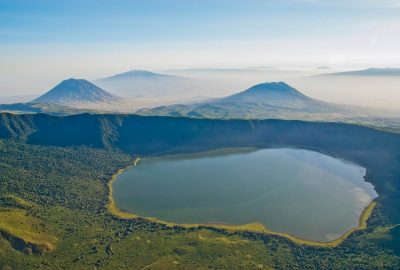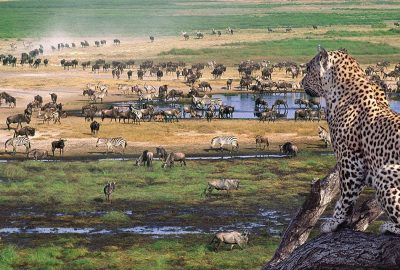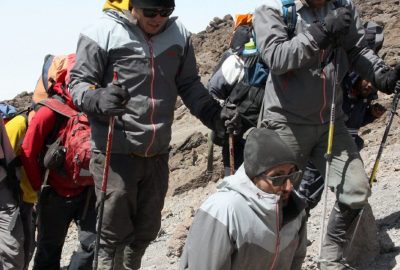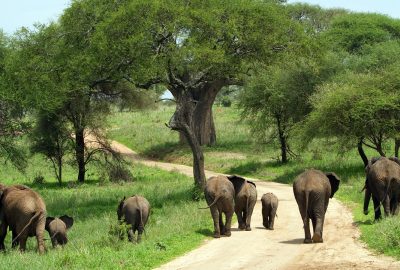This national park lies about 45km east of Arusha town. It is therefore the closest national park to the safari capital of Tanzania. This park is home to Mt Meru, Tanzania’s “other mountain” standing at 4565m, Ngurdoto Crater and the Momella Lakes. Despite its relatively small size, this park has a lot to offer such as Colobus monkeys, flamingos, elephants, giraffes,
Kilimanjaro. The name itself is a mystery wreathed in clouds. It might mean Mountain of Light, Mountain of Greatness or Mountain of Caravans. Or it might not. The local people, the Wachagga, don’t even have a name for the whole massif, only Kipoo (now known as Kibo) for the familiar snowy peak that stands imperious, overseer of the continent, the summit of Africa.
Get a chance to stay and interact with the local people explore their lifestyles. Take a walk around Kolo village. This tour will take you to traditional Irangi’s homes with traditional houses. Visit Chief Kimolo, a great and long respected leader during German colonial rule. Get to know the history of Irangi traditional leadership and their culture from a story teller of the chief family.
Manyara National park is famous in Tanzania for many reasons, including the lions that climb the trees there. The park attracts a lot of visitors due to it being the natural habitat of many different species of beautiful bird, who spend their days searching the lake for food. In total there are over 400 species of bird living in the park.
Mkomazi is vital refuge for two highly endangered species, the charismatic black rhino and sociable African wild dog, both of which were successfully reintroduced in the 1990s. Nomadic by nature, wild dog might be seen almost anywhere in the park, but black rhino are restricted to a fenced sanctuary, ensuring their safe keeping for future generations enjoyment and prosperity.
The crater is home to many species of wild game and birds. With the exception of impala and topi (due to fierce competition with the wildebeest) and the giraffe (because there is not much to eat at tree level), almost every species of African plains mammal lives in the crater, including the endangered black rhino, and the densest population of predators in Africa.
Known by the Maasai people as “siringit-endless plains”, it is a land of vast grassland plains, acacia-studded savannas, wooded hills and mountains. Contiguous with the Maasai Mara National Reserve on the Kenyan side of the border, the Serengeti National Park is one of the world’s greatest wildlife refuges. At any point in time, the park’s vast grassland plains and savannas
The land is leased from the local Maasai and is a true wilderness area with open plains, acacia woodland and above all, spectacular views of Mount Kilimanjaro.
Wildlife of West Kilimanjaro
Animals that inhabit the Park Range from; lions, buffalos, cheetahs, wild dogs, wilderbeests, leopards to zebra, gazelles and many more. The best game viewing months are between July and December, but for bird viewing it is best to come between October and May

